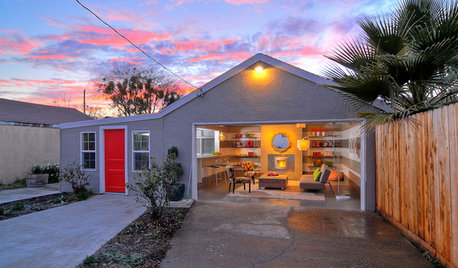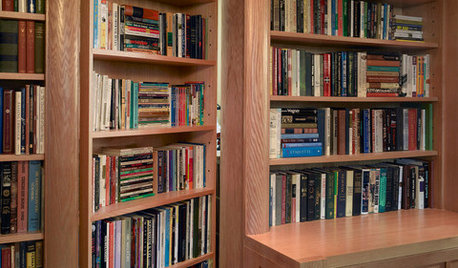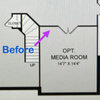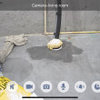No insulation behind drywall?
bert76
14 years ago
Featured Answer
Comments (9)
worthy
14 years agobert76
14 years agoRelated Professionals
Columbus General Contractors · Oxon Hill General Contractors · Rotterdam General Contractors · Seguin General Contractors · Glenbrook Interior Designers & Decorators · Dayton Architects & Building Designers · Henderson Architects & Building Designers · Holtsville Architects & Building Designers · Bothell Flooring Contractors · Dorchester Flooring Contractors · Fairfax Flooring Contractors · Oswego Flooring Contractors · Riverbank Flooring Contractors · Tewksbury Flooring Contractors · Wesley Chapel Flooring Contractorsworthy
14 years agobert76
14 years agoworthy
14 years agobert76
14 years agoworthy
14 years agoweedyacres
14 years ago
Related Stories

GREEN BUILDINGInsulation Basics: Natural and Recycled Materials
Consider sheep’s wool, denim, cork, cellulose and more for an ecofriendly insulation choice
Full Story
MATERIALSInsulation Basics: What to Know About Spray Foam
Learn what exactly spray foam is, the pros and cons of using it and why you shouldn’t mess around with installation
Full Story
KNOW YOUR HOUSEKnow Your House: The Basics of Insulated Concrete Form Construction
Get peace and quiet inside and energy efficiency all around with this heavy-duty alternative to wood-frame construction
Full Story
MATERIALSRaw Materials Revealed: Drywall Basics
Learn about the different sizes and types of this construction material for walls, plus which kinds work best for which rooms
Full Story
HOUSEKEEPINGQuick Fix: How to Patch a Drywall Hole
Dents and dings disappear, leaving your walls looking brand new, with this fix that even a novice can do
Full Story
MORE ROOMSBehind a Garage Door, a Family Fun Room
Designer Kerrie Kelly's secrets to this low-budget garage makeover: a soothing palette, horizontal stripes and dashes of color
Full Story
REMODELING GUIDESCool Your House (and Costs) With the Right Insulation
Insulation offers one of the best paybacks on your investment in your house. Here are some types to discuss with your contractor
Full Story
GREEN BUILDINGInsulation Basics: Heat, R-Value and the Building Envelope
Learn how heat moves through a home and the materials that can stop it, to make sure your insulation is as effective as you think
Full Story
WINDOW TREATMENTSEasy Green: 9 Low-Cost Ways to Insulate Windows and Doors
Block drafts to boost both warmth and energy savings with these inexpensive but effective insulating strategies
Full Story
GREAT HOME PROJECTSHow to Create a Secret Doorway Behind a Bookcase
Hide your valuables (or unsightly necessities) in a room or nook that no one will guess is there
Full StoryMore Discussions








andrelaplume2